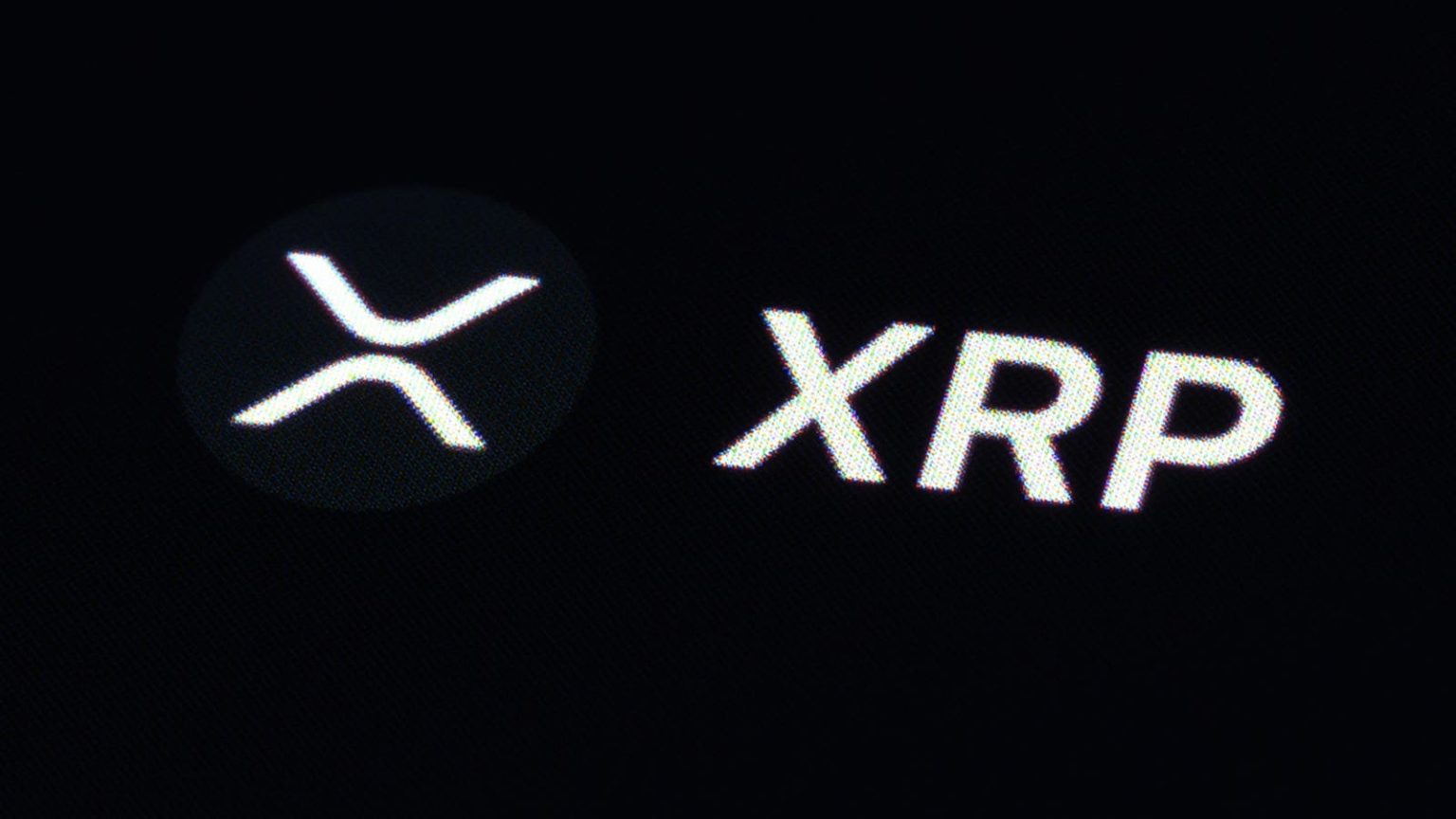Ripple’s XRP has experienced a remarkable surge, rising nearly fivefold from $0.52 in November 2024 to $2.46, securing its position as the third-largest cryptocurrency by market capitalization. This impressive rally, outpacing other cryptocurrencies boosted by Donald Trump’s presidential win and the anticipation of crypto-friendly policies, is largely attributed to positive developments in Ripple’s ongoing legal battles. The previous substantial price increase, detailed in the note “Up 300% In A Month, XRP Is Just Getting Warmed Up,” sets the stage for further exploration of XRP’s potential growth drivers.
Several factors suggest the possibility of continued upward momentum for XRP. The potential approval of a Ripple ETF this year is a significant catalyst. Market predictions indicate a 70% probability of ETF approval, fueled by a more crypto-friendly SEC under the Trump administration. Historical precedent, with Bitcoin rallying 60% and 2x upon futures and spot ETF approvals respectively, and Ethereum experiencing a 42% surge after ETF approval, suggests a similar positive impact on XRP. ETF approval confers legitimacy, broadens access for institutional investors, and simplifies retail participation, all contributing to increased demand and price appreciation.
Beyond the ETF landscape, Ripple’s core business operations also hold promise for driving XRP’s value. As a digital payment network utilizing XRP for fast and low-cost international money transfers, Ripple’s success hinges on increasing adoption and expanding partnerships. The recent legal victories against the SEC, solidifying XRP’s non-security status, pave the way for renewed confidence and wider adoption. While a complete dismissal of the SEC case would be highly beneficial, even a favorable settlement would be perceived positively. Increased partnerships and wider integration of Ripple’s payment network will directly translate into higher demand for XRP, further fueling its price growth.
However, it’s crucial to acknowledge the inherent volatility of cryptocurrencies. XRP’s historical performance, with returns fluctuating between 278% and -59% in recent years, underscores the inherent risks. Comparing XRP’s performance with the S&P 500 reveals periods of both outperformance and underperformance, highlighting the importance of a balanced perspective. While XRP demonstrated impressive growth in some years, it also experienced significant declines, reminding investors of the unpredictable nature of the cryptocurrency market.
While individual cryptocurrencies and even individual stocks can experience periods of significant gains, achieving consistent, market-beating returns over time, regardless of market conditions, has proven challenging. The focus should be on building a diversified portfolio that balances risk and reward. XRP, while showing potential for growth, also carries substantial risk due to its volatility. A more balanced approach, such as investing in a diversified portfolio of high-quality stocks, can offer more stable returns and mitigate the risks associated with individual asset volatility.
Diversification across various asset classes, including stocks, bonds, and potentially a small allocation to cryptocurrencies, can create a more resilient portfolio. While the allure of high returns from individual cryptocurrencies like XRP is undeniable, a long-term investment strategy should prioritize consistent performance and risk management. Investing in a diversified portfolio of high-quality assets, with a long-term focus, can offer a more reliable path to achieving financial goals while mitigating the risks associated with individual asset volatility. This approach emphasizes building a portfolio that can weather market fluctuations and deliver consistent returns over the long term, rather than relying on the speculative nature of individual cryptocurrencies.

